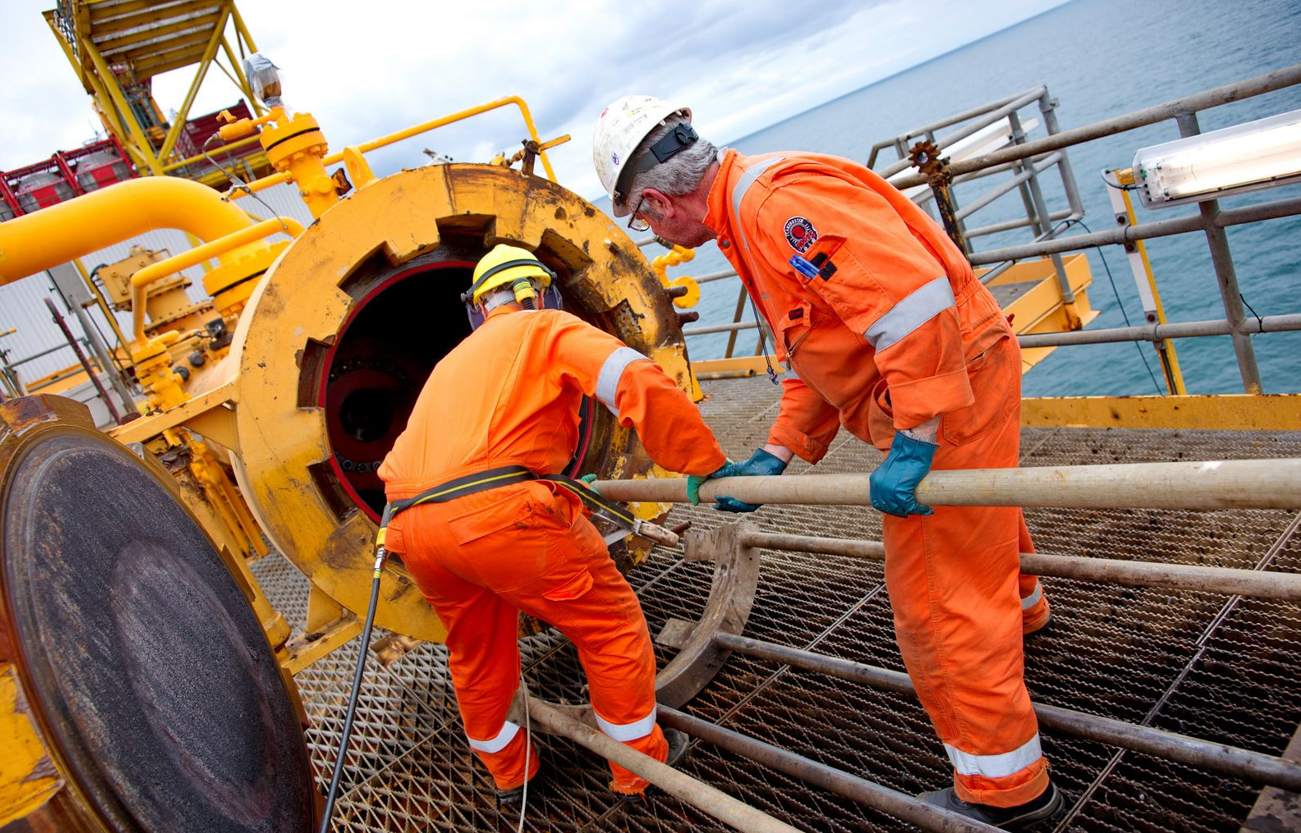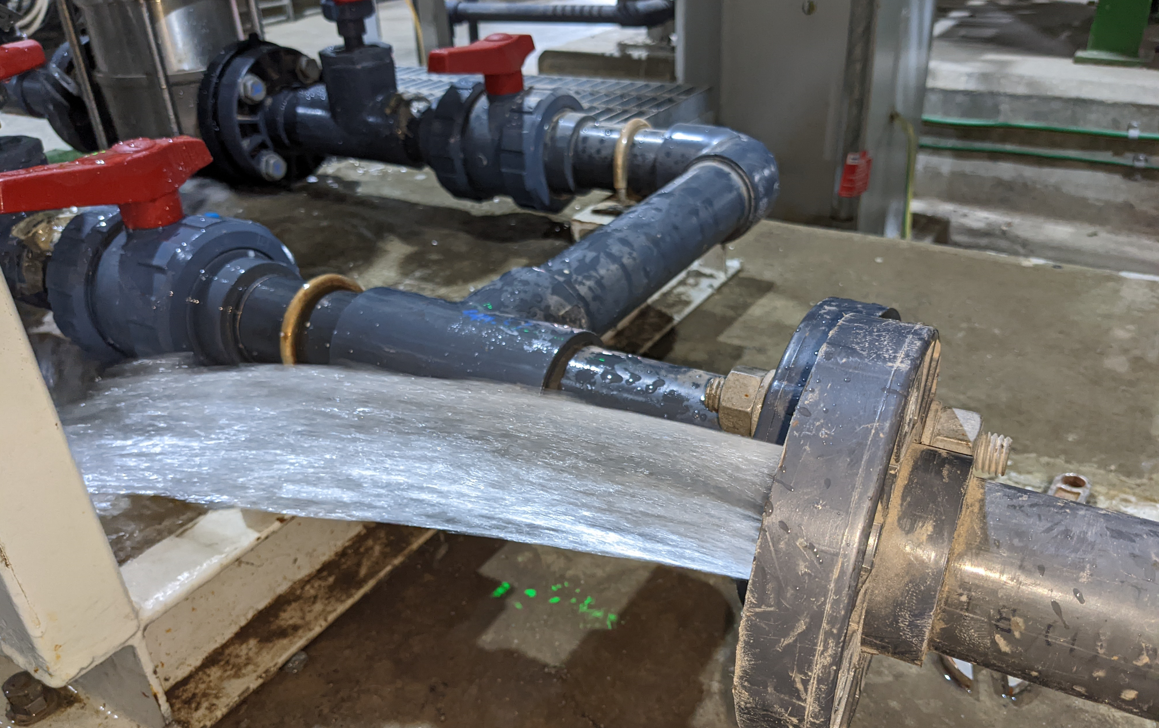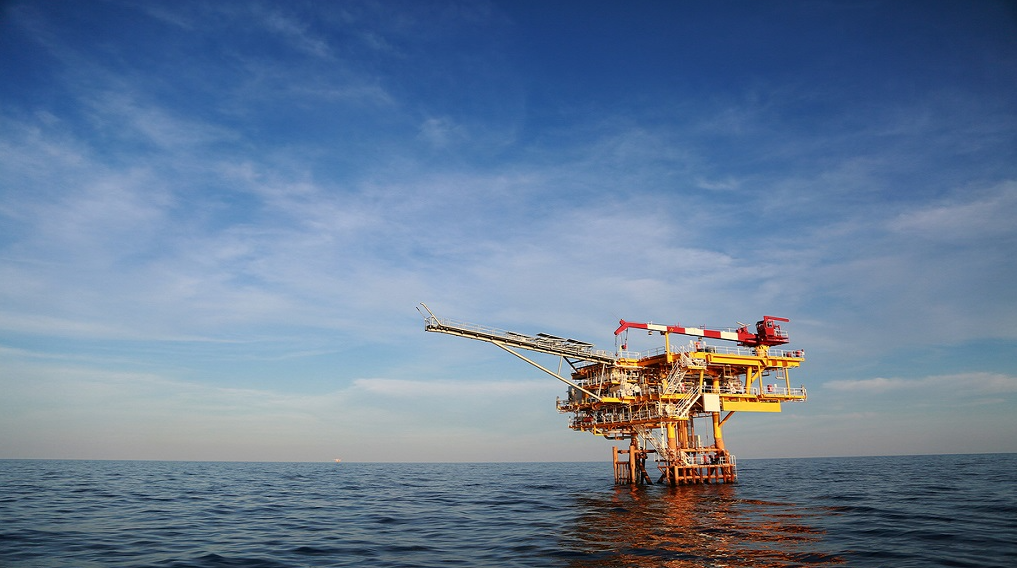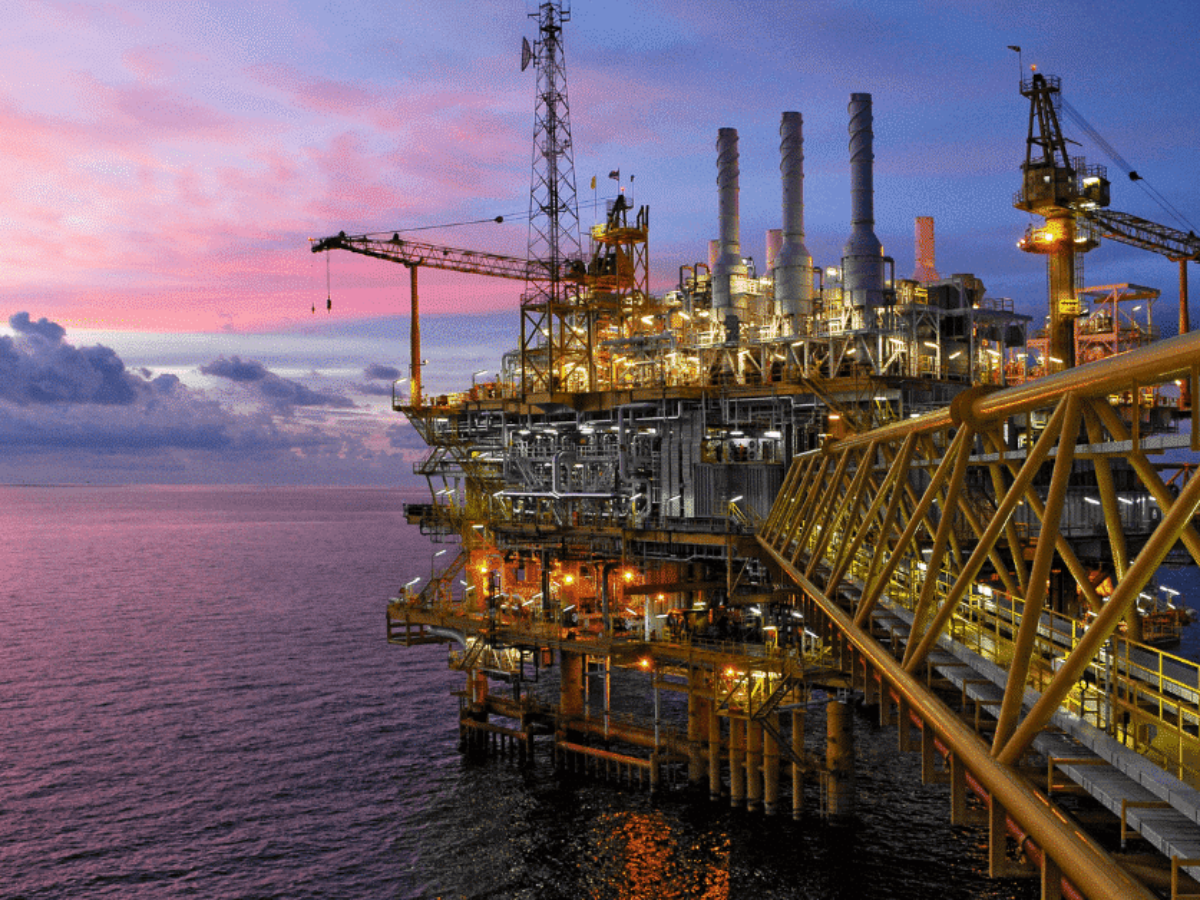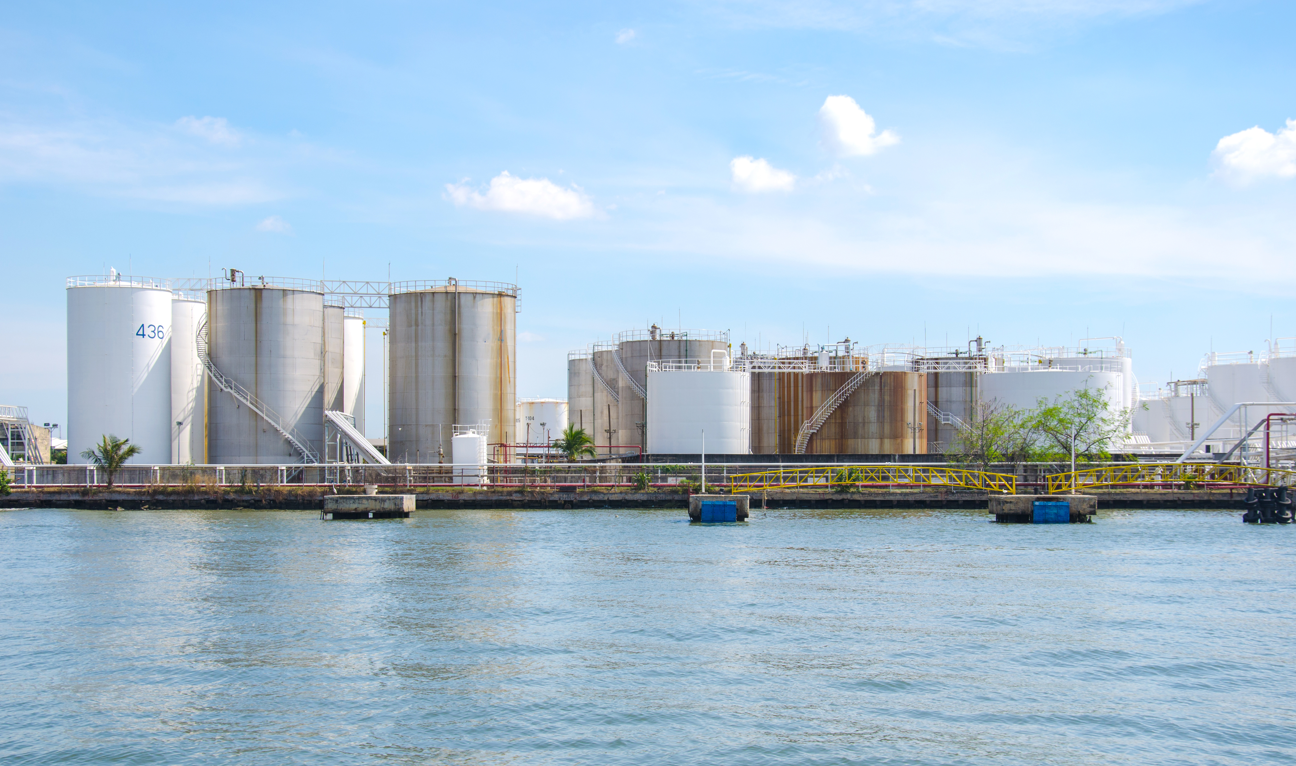As the question of onshore and offshore drilling arises, there are ongoing debates on the differences between onshore and offshore drilling based on their respective costs, benefits, and challenges. In this article, we will delve into the fundamental aspects of both onshore and offshore drilling techniques, offering insights into their unique characteristics and the factors that influence their economic viability. By examining these key factors, you will gain a deeper understanding of the complexities involved in land site.
What Is Onshore Drilling?
Onshore drilling is the process of drilling for oil or gas wells on land, rather than in offshore or underwater locations. It involves setting up drilling rigs and equipment on land to drill vertically into underground reservoirs. Onshore drilling allows for the extraction of valuable energy resources found beneath the Earth’s surface and is an essential part of the oil and gas industry.
What Are The Advantages of Onshore Drilling?
Onshore drilling offers advantages such as easier access to equipment and infrastructure, lower operational costs, and reduced environmental risks compared to offshore drilling. This is because drilling on land allows for simpler logistics, shorter transportation distances, and less complex regulatory requirements.
However, onshore drilling can also face challenges such as land use conflicts, environmental disturbances, and limited access to certain reservoirs that may be located offshore. These disadvantages stem from the proximity of drilling activities to populated areas and sensitive ecosystems, which can lead to conflicts with local communities and environmental concerns.
|
Advantages |
Disadvantages |
| Easier access to equipment and infrastructure | Land use conflicts |
| Lower operational costs | Environmental disturbances |
| Reduced environmental risks | Limited access to certain reservoirs located offshore |
What Are The Risks & Challenges of Onshore Drilling?
Onshore drilling poses risks and challenges such as land use conflicts, environmental disturbances, and technical issues related to drilling operations. These challenges arise from the proximity of drilling activities to populated areas and sensitive ecosystems on land.
Land use conflicts may occur due to competing interests for land resources, while environmental disturbances can result from the disruption of habitats and ecosystems. Technical issues in onshore drilling sites may include geological complexities, equipment malfunctions, and regulatory compliance.
|
Risk & Challenge |
Problem Arising |
Technical Issue |
| Land use conflicts | Competing interests for land resources | Limited space for equipment and infrastructure |
| Environmental disturbances | Disruption of habitats and ecosystems | Contamination of soil and water |
| Technical issues | Geological complexities | Equipment malfunctions |
| Equipment malfunctions | Regulatory compliance |
What Is Offshore Drilling?
Offshore drilling is the process of drilling for oil or gas wells in bodies of water, typically in the ocean or sea. Unlike onshore drilling, which occurs on land, offshore drilling involves setting up drilling rigs and equipment on platforms or vessels located above the water’s surface. This method allows for the exploration and extraction of oil and gas resources located beneath the seabed. Offshore drilling is essential for accessing offshore oil and gas reserves and is a significant component of the energy industry.
What Are The Advantages and Disadvantages of Offshore Drilling?
Offshore drilling offers advantages such as accessing vast offshore oil and gas reserves, reducing environmental impact on land, and minimizing conflicts with local communities. This is because drilling in the ocean allows for exploration in areas where onshore drilling may not be feasible or permitted due to environmental or regulatory concerns.
Additionally, offshore drilling can benefit from advanced technologies and techniques tailored for marine environments. However, offshore drilling also presents challenges such as higher costs, greater operational risks, and potential environmental impacts on marine ecosystems. These disadvantages arise from the complex logistics and harsh operating conditions associated with drilling in offshore locations.
|
Advantages |
Disadvantages |
| Access to vast offshore oil and gas reserves | Higher operational costs |
| Reduced environmental impact on land | Greater operational risks |
| Minimization of conflicts with local communities | Potential environmental impacts on marine ecosystems |
What Are The Risk & Challenges of Offshore Drilling?
Offshore drilling presents risks and challenges such as higher operational costs, greater environmental risks, and technical issues related to drilling in marine environments. These challenges arise from the remote and harsh conditions of offshore locations, as well as the complex logistics involved in drilling at sea.
Higher operational costs are due to the need for specialized equipment, transportation, and offshore infrastructure. Environmental risks include the potential for oil spills, habitat disruption, and impacts on marine ecosystems. Technical issues may include equipment malfunctions, well control problems, and the difficulty of accessing and drilling in deepwater environments.
|
Risk & Challenge |
Problem Arising |
Technical Issue |
| Higher operational costs | Need for specialized equipment, transportation, and offshore infrastructure | Expensive equipment maintenance and repair |
| Greater environmental risks | Potential for oil spills, habitat disruption, and impacts on marine ecosystems | Well control problems |
| Technical issues | Equipment malfunctions | Difficulty of accessing and drilling in deepwater environments |
| Well control problems | Formation damage due to drilling fluid circulation |
What Is The Difference Between Onshore and Offshore Drilling?
The major difference between onshore drilling and offshore drilling is that onshore drilling occurs on land, while offshore drilling takes place in bodies of water, typically the ocean. Onshore drilling involves drilling wells vertically into underground reservoirs to extract oil or gas resources found beneath the Earth’s surface.
In contrast, offshore drilling involves setting up drilling rigs and equipment on platforms or vessels located above the water’s surface to access oil or gas reserves located beneath the seabed. Offshore drilling requires specialized equipment and techniques to overcome challenges such as deepwater environments, harsh weather conditions, and complex logistics.
Additionally, offshore drilling often involves drilling wells at significant depths below the seabed, requiring advanced technologies and expertise to ensure safe and efficient operations.
Another key difference between onshore and offshore drilling lies in the environmental and regulatory considerations. Onshore drilling operations may face challenges related to land use conflicts, environmental disturbances, and impacts on local communities and ecosystems.
Environmental regulations governing onshore drilling often focus on protecting land resources, groundwater, and air quality. In contrast, offshore drilling poses unique environmental risks such as oil spills, habitat disruption, and impacts on marine life. Regulations for offshore drilling are aimed at minimizing these risks and ensuring the protection of marine ecosystems and coastal areas.
Furthermore, the logistical aspects of onshore and offshore drilling differ significantly. Onshore drilling typically benefits from easier access to equipment, infrastructure, and personnel compared to offshore drilling. Transportation of equipment and supplies to onshore drilling sites is generally more straightforward and cost-effective.
In contrast, offshore drilling requires specialized vessels, helicopters, and support structures to transport personnel, equipment, and materials to remote offshore locations. This adds complexity and expense to offshore drilling operations.
Why Is Offshore Drilling More Complex Than Onshore Drilling?
Offshore drilling is more complex than onshore drilling because extraction, transportation, and environmental protection are all comparatively more difficult with offshore drilling than with onshore drilling. Offshore drilling involves unique challenges such as deepwater environments, harsh weather conditions, and complex logistics.
Additionally, specialized equipment, vessels, and support structures are required for offshore drilling operations, adding complexity and expense. Furthermore, environmental risks such as oil spills and impacts on marine ecosystems require stringent regulations and mitigation measures to ensure the protection of the environment. Overall, the combination of these factors makes offshore drilling more complex and challenging compared to onshore drilling.
In conclusion, onshore drilling and offshore drilling each have their own advantages and challenges. Onshore drilling is typically simpler and less expensive due to easier access to equipment and infrastructure, but it may face land use conflicts and environmental concerns.
Offshore drilling, on the other hand, allows access to vast offshore reserves but is more complex and costly due to the challenges of operating in deepwater environments and mitigating environmental risks. Understanding these differences is essential for planning and executing drilling operations effectively and responsibly.
Drilling itself is inherently challenging, regardless of whether it’s conducted onshore or offshore. The technical complexities, logistical considerations, and environmental responsibilities require specialized knowledge and skills. To navigate these challenges successfully, consider taking drilling training offered by PetroSync.
Our drilling training programs provide comprehensive insights into drilling practices, technologies, and safety protocols, empowering you to excel in the field of drilling engineering. Equip yourself with the expertise needed to overcome the challenges of drilling and contribute to the sustainable extraction of energy resources.
Credit: Formasup

